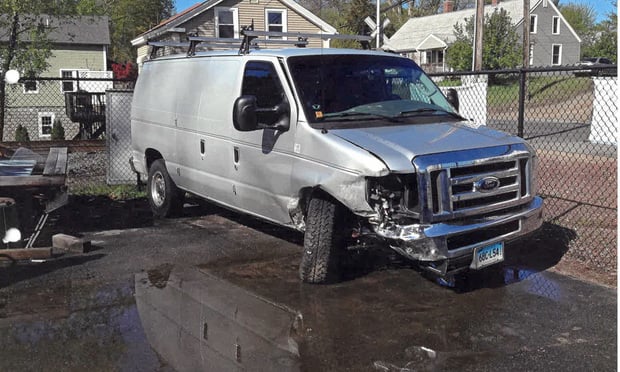The National Resources Defense Council (NRDC) says private insurers are turning away from climate-change risks, sending an “unmistakeable signal” that such risks are increasing and that costs to society are climbing, but an insurance industry association disputed some of the figures used to arrive at that assumption.
In a report, the NRDC says taxpayers shelled out nearly $100 billion last year through federal insurance to clean up weather-related damage caused by climate change in 2012 — three times the cost of claims paid by private insurers.
The NRDC says 2012 was the second-most expensive weather catastrophe year in the history of the U.S., totaling more than $139 billion from losses related to forest fires, crop loss, and wind damage, and the group contends that private insurers only covered a quarter of these costs.
Superstorm Sandy left the National Flood Insurance Program (NFIP) nearly $30 billion in debt. According to the NRDC, the program already doubled in size from $692 billion to $1,293 billion over the past decade as private insurers began to cease offering affordable policies to weather-beaten customers following Hurricane Katrina.
“The fact that private insurers are leaving the table sends an unmistakable signal. It tells us that climate change risks are increasing and their costs to our society are climbing,” says Tom Steyer, founder of Farallon Capital Management and co-founder of OneCalifornia Bank.
Dan Lashof, director of the NRDC's Climate & Clean Air Program, says the private sector is “being self-interested, as is expected of any commercial business.”
The NRDC says the federal government spent more on dealing with weather events than it did on social services ($96 billion), housing assistance and income security ($65 billion), veteran's benefits ($57 billion) and the alternative energy investments that can reduce carbon emissions in the future, NRDC contends.
Besides the NFIP, the government provides relief to states after major weather disasters through programs like the Federal Emergency Management Agency (FEMA). Congress grants FEMA $1.7 billion annually to cover weather-related damages after $500 million, however, emergency supplements authorized after storms Katrina and Sandy totaled more than $140 billion in the past decade.
But Robert Detlefsen, vice president of public policy for the National Association of Mutual Insurance Companies, responded to the NRDC contentions, stating, “NAMIC takes no position on the NRDC's policy prescriptions for addressing climate change, but we question some of the figures and assumptions that appear in their news release. The release says that total U.S. disaster-related losses in 2012 came to 'more than $139 billion' and that 'private insurers only covered about 25 percent of the costs, leaving taxpayers to pay the bulk of the remaining costs,' which the NRDC estimates at $100 billion.
“However, according to a report by Swiss Re, total losses in 2012 for all of North America were $119 billion, of which private insurance covered $65 billion, more than half the total.
“Moreover, it's important to note that total losses include damage to things like public infrastructure – roads, bridges, and public transit systems – which is not ordinarily covered by private insurance.
“In sum, the NRDC's claim that private insurers are 'leaving the table' appears to be based on inaccurate data and faulty assumptions. Private insurance for losses due to windstorms and wildfires is readily available to anyone who chooses to purchase it. Flood insurance has generally not been available in the private insurance market since 1968, but is readily available through the National Flood Insurance Program.”
The NRDC urges the government to allocate more funds to preventative measures such as the development of infrastructure that will soften the blows of increasingly powerful storms, and states that lowering carbon emissions by a third by 2015 will cost the government $4 billion, but save $60 billion in cleanup costs.
Want to continue reading?
Become a Free PropertyCasualty360 Digital Reader
Your access to unlimited PropertyCasualty360 content isn’t changing.
Once you are an ALM digital member, you’ll receive:
- Breaking insurance news and analysis, on-site and via our newsletters and custom alerts
- Weekly Insurance Speak podcast featuring exclusive interviews with industry leaders
- Educational webcasts, white papers, and ebooks from industry thought leaders
- Critical converage of the employee benefits and financial advisory markets on our other ALM sites, BenefitsPRO and ThinkAdvisor
Already have an account? Sign In Now
© 2024 ALM Global, LLC, All Rights Reserved. Request academic re-use from www.copyright.com. All other uses, submit a request to [email protected]. For more information visit Asset & Logo Licensing.








